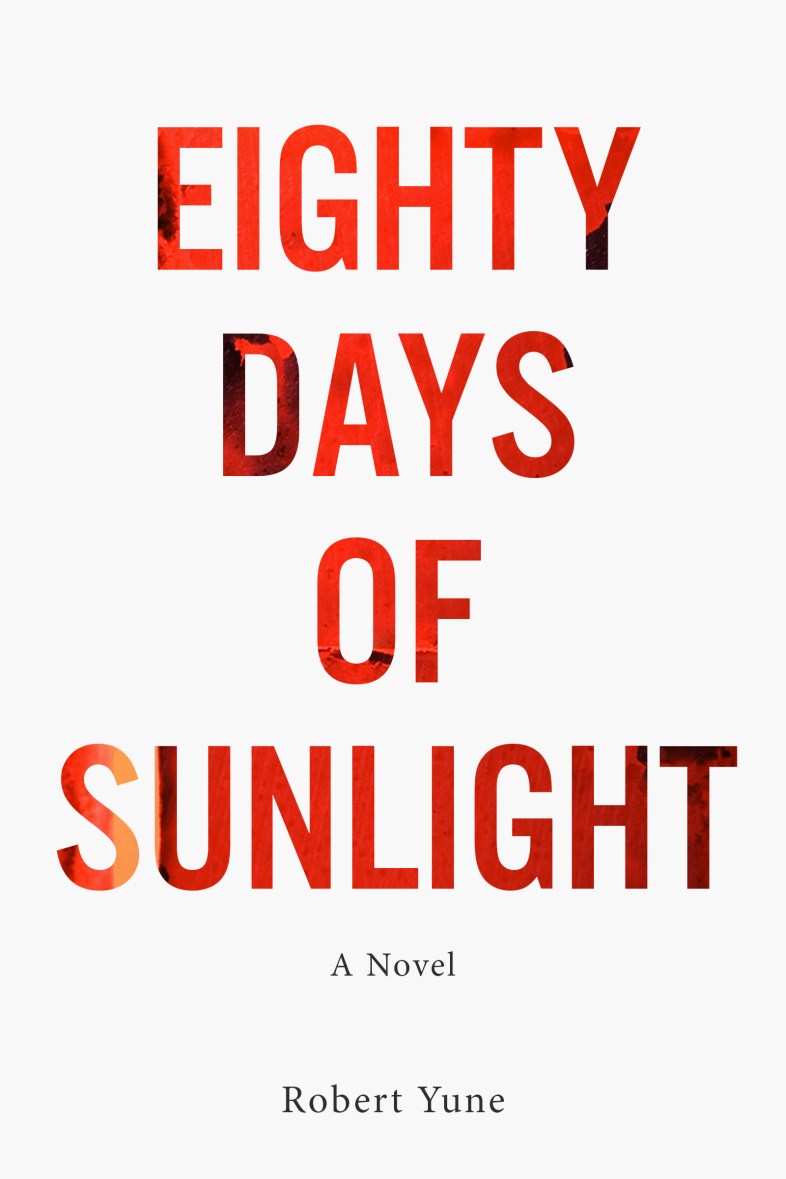4 Writing Techniques Used In Celeste Ng’s Everything I Never Told You
In undergrad (and even in grad school), we were admonished never to begin a story with a character waking up or starting their morning.
By ![]() Robert Yune
Robert Yune

Note: you can read an excerpt from Everything I Never Told You here. This excerpt contains a large chunk of the novel’s first chapter.

Part One: Stormy Mornings and Multiplicity
Ng does a good job hooking the reader with the novel’s very first sentence: “Lydia is dead.” This straightforward declaration places an extra layer of pressure on Lydia’s family, who don’t know she’s dead as the novel opens and they begin their calm, seemingly-normal morning. Take away that first sentence’s blunt foreshadowing and the first chapter feels a lot…well, limper.
In undergrad (and even in grad school), we were admonished never to begin a story with a character waking up or starting their morning. It’s allegedly a pedestrian opening, although I’ve often seen it done well (Wonderland, The Road, and The Metamorphosis come to mind). In each of those books, there’s something pressing against the mundane morning in question: mild spoilers ahead, but in Wonderland, we discover, along with the main character, that this seemingly normal morning is actually the worst ever. In The Road, the world itself is extraordinary, and in The Metamorphosis, the events are.
What can we as writers learn from this? The power of contrast. First of all, each novel I’ve mentioned is fairly exciting in its own way, and the source of that excitement is carefully buried in that quiet first chapter so that the reader is almost subconsciously given a reason to keep turning the pages. An even subtler example is the first chapter of Gone Girl: only the chapter’s subtitle (“THE DAY OF”) and the novel’s title hint at the larger storm hanging over this particular morning.
That said, each novel’s first chapter is a different animal, so I’ll move on. I could write about five or six techniques in the first chapter of Everything I Never Told You, but I’ll stick with characterization. Since Lydia is literally a corpse before the novel even starts, the author has to work extra-hard to characterize her. After all, the reader doesn’t know Lydia when he or she reads the novel’s first sentence, so the reader has no reason to care about her. On top of that, we’re not given any physical description or location information until much later in the chapter, so Lydia isn’t even a headless body in a ravine or frozen in a block of ice—both descriptions which offer different images and levels of pathos.
So, how does Ng bring Lydia to life, so to speak?
1. Physical Appearance.
Ng does a great job physically describing Lydia early (by the fourth page of the novel, in fact), which helps to give her depth. Ng does this in a way that describes both Lydia and her mother simultaneously, which is a neat trick.
2. Secrets.
This might be the most powerful characterizing moment in the entire first chapter, since it sets up the novel’s main plot question: why did Lydia die? But on a more human level, everyone has secrets big and small, and imagine the flood of interesting consequences if your worst secrets were ever brought to light. It’s a great characterizing technique, one that’s easy to overlook.
3. Pathos.
Mild spoiler alert: Remember Nick in the novel Gone Girl and how the timeline of his alibi doesn’t quite make sense? Remember when we learn what he was actually doing in that garage when Amy went missing? It’s such a sad and somewhat pathetic action, and it’s incredibly humanizing at the same time, especially for a character that most readers hate by that point.
In Everything I Never Told You, there’s that sad moment, told through her brother’s perspective, when we learn about her phone “conversations” with her “friends.” There’s a neat delayed moment when the father realizes it, too. Due to the circumstances of her sudden absence, all of the characters’ memories of Lydia are heightened (there’s that contrast thing again), which creates a strange energy that makes the reader pay extra attention.
4. Multiplicity.
This is the one technique I plan on appropriating into my own work sometime in the near future. Corpse or not, notice how we don’t just see Lydia as a 16 year-old in this chapter. We see her as a secretive baby, an alienated teenager at school, a sneaky girlfriend after school, and then the author gets great use out of that photo album to show two different sides of Lydia from the recent past.
I could write another ten pages on Ng’s masterfully-employed techniques in this first chapter, but I’ll save that for another post. Can’t wait to get into chapter two! ![]()





